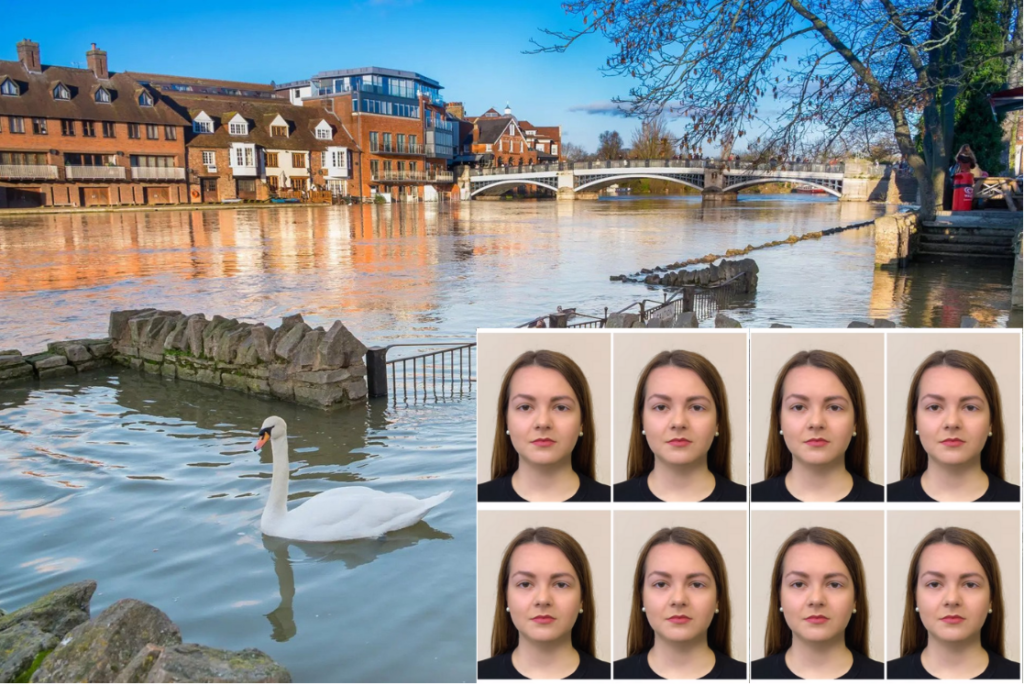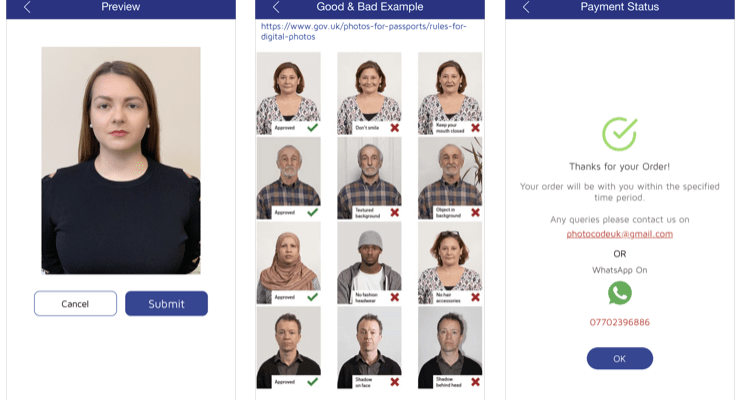Passport photo codes in the UK
Passport photo codes have been a significant piece of UK identification necessities for a long time. The utilization of these codes assists with guaranteeing that identification photographs fulfill explicit guidelines, including the size, goal, and nature of the picture, as well as rules for the subject’s appearance, clothing, and foundation. The historical backdrop of Passport photo codes in the UK can be followed back to the mid-twentieth century when identification photographs were first required. Around then, the prerequisites were not unmistakable, and identification photographs simply should have been a sure size and show the subject’s face obviously.

-
British Standards Institution (BSI) laid out rules for Passport photos
After some time, the rules for identification photographs turned out to be more itemized, with explicit suggestions for the size and elements of the photograph. During the 1950s, the British Standards Institution (BSI) laid out rules for Passport photos, which incorporated a suggested size of 45mm by 35mm and a rundown of required highlights for the photograph.
-
International Civil Aviation Organization (ICAO) laid out rules for Passport photos
In 1984, the International Civil Aviation Organization (ICAO) laid out normalized rules for identification photographs, which were embraced by the UK and numerous different nations. These rules indicated a size of 35mm by 45mm, a nonpartisan look, and explicit lighting and foundation prerequisites.
-
Identity and Passport Service (IPS) laid out rules for Passport photos
Today, identification photo codes keep on being a significant piece of the visa application process in the UK. The Personality and the Identity and Passport Service (IPS) utilizes explicit codes to guarantee that visa photographs meet the important prerequisites. These codes determine the aspects, quality, and content of the Photo code, and can be utilized to check that a photograph is reasonable for use in an identification application.
The UK Passport Photo Journey: From Black and White to the Digital Age
Ever wondered how UK passport photos have transformed over time? From traditional black and white prints to the digital era, the process of obtaining a passport photo has gone through significant changes. In this article, we will delve into the captivating evolution of UK passport photos and how technology has revolutionized this crucial identification document.

-
Black and White Photography
In the past, acquiring a passport photo was a laborious task. Applicants had to visit specialized professional photographers who exclusively dealt with black and white photography. These experts skillfully captured individuals’ images on film using bulky cameras and traditional darkroom techniques.
-
The Rise of Color Photography
With the advent of color photography, acquiring a passport photo became more accessible and visually appealing. Applicants could now inject vibrancy into their pictures, showcasing their true colors. The use of color photography brought a sense of realism to passport photos and allowed applicants to express themselves more authentically.
-
The Digital Revolution
The digital revolution has drastically changed almost every aspect of our lives, including passport photos. The introduction of digital cameras and image editors has made the process of taking and enhancing passport photos faster and more efficient. Professional photographers nowadays rely on digital cameras to capture high-resolution images, ensuring clarity and precision for accurate identification.
-
Online Passport Photo Services
All they need is a smartphone or a digital camera to take their picture. These online services provide users with guidelines on photo size, lighting, and composition, ensuring compliance with passport photo regulations. Some platforms even offer an automatic adjustment feature that aligns the photo with the necessary requirements.
-
Biometric Passport Photos
The evolution of passport photos did not halt with the digital age. In an endeavor to enhance security and prevent identity theft, biometric passport photos were introduced. Biometric passports employ facial recognition technology to verify the passport holder’s identity. These advanced passports require individuals’ photos to adhere to stringent specifications, including specific measurements and background colors. The incorporation of biometric technology into passport photos has considerably improved security measures in travel and immigration.
conclusion
Overall, passport photo codes play a crucial role in the passport application process in the UK. By ensuring that passport photos meet specific guidelines, the IPS is able to maintain the security and integrity of the passport system, while also providing applicants with clear and consistent guidelines for submitting their photos.



